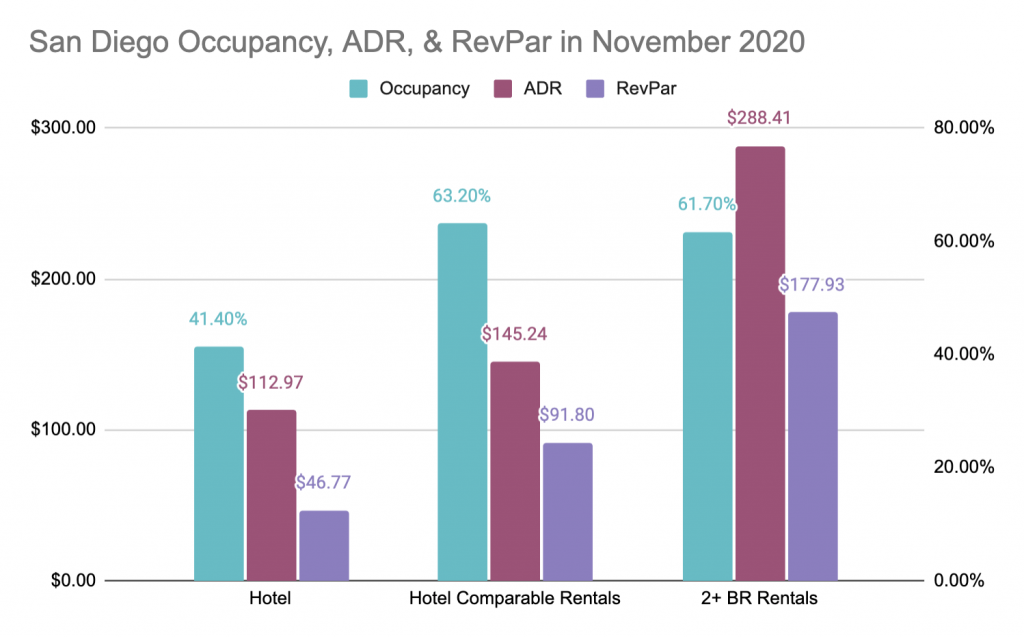By Robert Rauch
The next 30 years begins with COVID-19 recovery. What does that look like? We pick up the pieces that were cracked, torn apart and ravished one by one. We will review demand, those elusive customers who are either mandated to stay at home, are afraid to travel or were planning to attend an event that was postponed or cancelled. We’ll discuss challenges we see on the horizon and review the economy, what guests are looking for, what hotel recovery may look like and the future.
Short-Term Outlook
Good times are ahead for those with about six months of patience. We will have a very soft Q1 despite the PPP dollars that will be coming in, followed by an improved Q2, a robust Q3 and strong growth in Q4. It will not be because our political climate is favorable – it is not. Governor Newsom in California and Governor Cuomo in New York have fooled the public into thinking they are doing a good job on both the health of residents and the economy. They are not doing us any favors on the economy and have not protected us much better than states that are open.
We must balance the health and economic needs and provide better testing, protect the vulnerable and open the economy. The Biden Administration must continue good programs and adjust in areas where they want to improve. The economy was not the problem, the virus was and remains the primary obstacle to economic recovery.
What Are Guests Looking For?
Guests will continue to want a contactless environment going forward. Digital check-in and keys, increased cleaning protocols that provide a commitment to cleanliness, fitness center and pool sign-in, in-room amenities and housekeeping service provided on request only and limited capacities are here for a while. Room to breathe, safety-first policies, a renewed focus on the customer and on sustainability will go a long way in pleasing guests.
Using hotels as short-term rentals/apartments, offices and families staying with kids who are learning remotely will continue for another few months or more. They will be replaced by corporate and group travelers beginning in the second half of 2021.
Competition From Short-Term Rentals
AirDNA, the leading provider of short-term rental data and analytics, analyzed room nights to show that occupancy and average rate declined much more severely among hotels than Airbnb hotel comparables (studio and 1-bedroom). As an example, looking specifically at the San Diego market, one that has a strong short-term rental market (STR), here were the results for July, 2020:
Data sourced by AirDNA and STR
Short-term rentals reported higher occupancy, ADR and RevPAR compared to hotels for the month of July. Hotel occupancy declined from 90% to 50% while rates dropped from $180 to $130. That RevPAR decline is $162 to $62, a 62% decline. During that period, RevPAR declines at hotel comparables (short-term rental units that are studio or 1-bedroom) was only 14%.
The bottom line is that we have lost market share to STRs in a big way. Still not a believer? Let’s look at November performance below.
Data sourced by AirDNA and STR
Hotel RevPAR declines were 50% while STRs were up 16%. The addition of new supply, coupled with loss of market share from STRs will put pressure on hotel performance going forward.
Challenges Facing the Industry in 2021 and beyond
Short-Term Rentals are not the only challenges on the horizon. We need a strong hotel recovery from COVID-19, a return of the business traveler, a return of meetings and a return of the international traveler. Further, new supply that was in the pipeline will continue to open and for at least another year, large convention hotels will be competing with smaller properties every single day, keeping rate growth down. The customer will be calling the shots unless we can differentiate ourselves. This will require both some top-notch digital marketing and new operational service levels that wow the guests with sanitization, cleanliness, creativity, value and more.
Yes, we can face these challenges head-on. Enhanced hygiene tools can differentiate one hotel from another and the hotels from vacation rentals. Vaccine delivery will have an enormous impact on travel. First, travelers will feel comfortable making trips they would not even consider before taking the vaccine. Second, corporations will allow their team members to travel to events, conventions and on sales calls. Third, consumer confidence will jump to new heights due to pent-up travel demand. To much better 2021!



